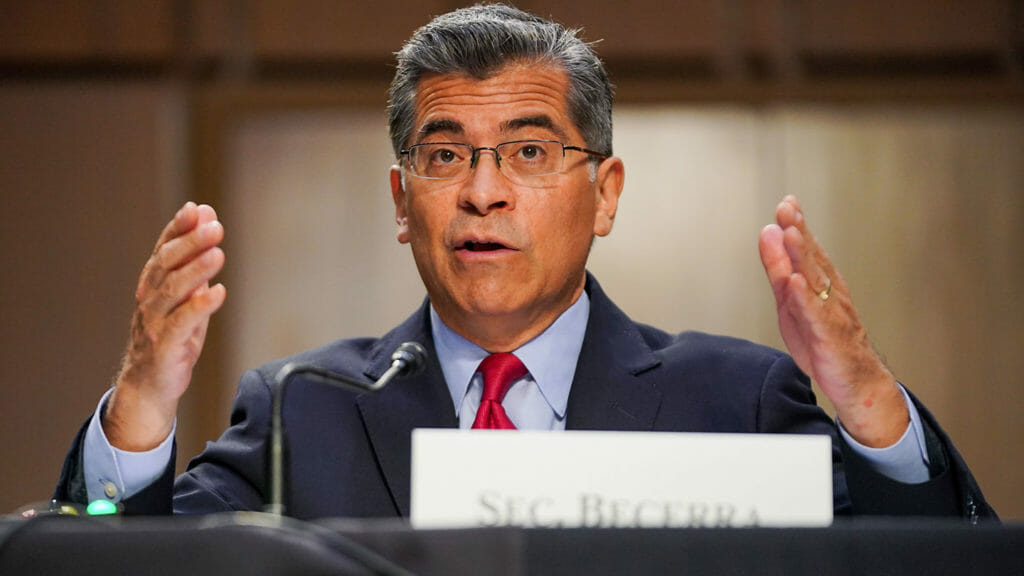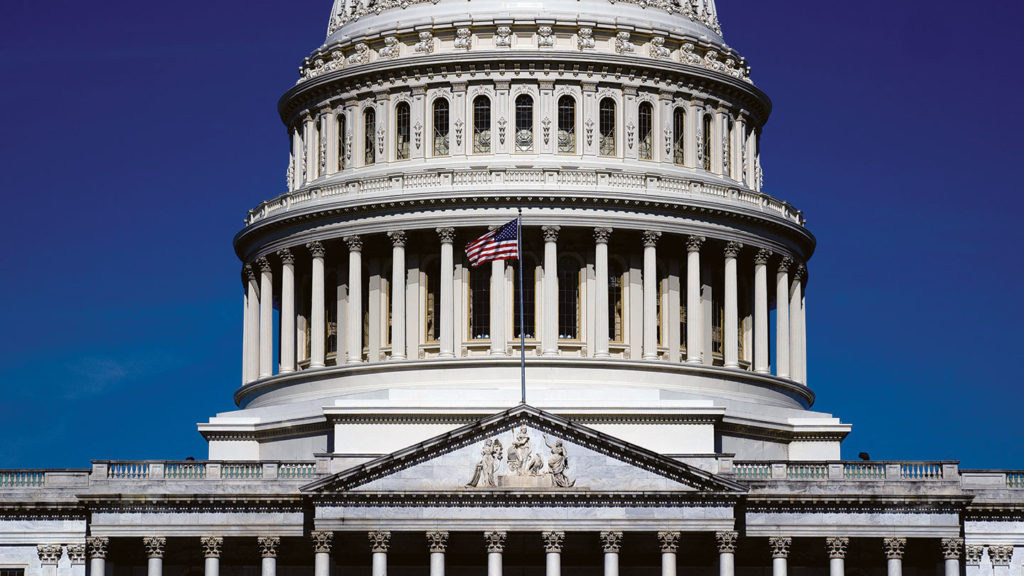
Long-term care providers were intent on dismissing undesirable memories of the COVID-19 pandemic as much as possible in 2023, but the year’s top stories revealed there were still remnants of it to deal with — and plenty of other issues to fill the gaps.
From unprecedented, increased regulatory pressures to newly introduced legislation, ongoing workforce challenges, image problems and more, there was a lot to digest.
Here are the top stories that grabbed our readers’ attention in 2023, the top handful of them inevitably related to the staffing mandate and the sector’s ongoing workforce challenges.
Federal minimum staffing proposal dominates
By the time the Centers for Medicare & Medicaid Services finally issued its first-ever rule to set nursing home minimum staffing levels, the sector had experienced a roller-coaster of tense emotions. The Sept. 1 announcement put providers and their advocacy counterparts in labor and consumer groups in an uproar.
Operators called the proposal an impossible, unfunded mandate, if not because of the estimated $4 billion or greater price tag, then because there simply aren’t currently enough registered nurses to satisfy the tripling of current mandated levels.
‘Accidental’ early study release, Biden unloads on providers
President Biden added fuel to the fire when he unloaded on nursing operators just days after the staffing mandate was proposed.
The administration, however, was undercut a few days before the proposed rule’s release, when a “draft” of it was briefly posted online before being pulled down. That gave outsiders an early look at study findings saying it’s impossible to settle on a specific staffing level(s) that would serve the White House’s desired goal. Despite officials calling it a “draft” study report, it was nonetheless included in the same form when the proposal was released later that week.
The intrigue persists: Was it truly an accidental early posting, or was it the purposeful act of an insider sympathetic to providers’ year-long criticism that an unprecedented staffing mandate would be a bad idea?

Staffing mandate’s costs greatly underestimated: report
Three weeks after the staffing mandate was officially proposed, a respected third-party analyst hired by providers found that its cost would be nearly 60% higher than the $4 billion annual cost estimated by the Centers for Medicare & Medicaid Services.
Nursing homes would need to spend more than $6.8 billion annually and hire more than 102,000 new workers under its proposed form, said an updated analysis issued by accounting and consulting firm CliftonLarsonAllen.
Bills would block federal staffing mandate
Within five weeks of the staffing rule’s proposal, Republican House members proposed legislation to block it. A similar Senate bill, this one bipartisan, was proposed in December.
The legislative efforts are being led by lawmakers in rural states, which figure to be most severely hurt by any new staffing standard.

CMS delivers 4% Medicare pay raise
Nursing homes received a higher-than-expected 4.0% increase to their Medicare Part A payments for fiscal 2024. The July 31 final rule from CMS added 0.3% — or $200 million — to the agency’s original April proposal. Inflationary costs were deemed responsible for the largest annual increase in recent memory.
In addition, most of the recommended vast changes to CMS’ quality reporting and value-based purchasing programs were retained in the final rule.
Biden plan would tie pay rates to staff turnover rates
In mid-April, President Biden signed a massive executive order that included several measures intended to improve access to long-term care and bolster job protections for skilled nursing workers. Among them were calls to expand on the then-undisclosed staffing mandate and to tie Medicare payments to staff retention.
The White House called the 50-plus elements the “most comprehensive set of executive actions any President has ever taken to improve care for hard-working families while supporting care workers and family caregivers.”
Nursing home ownership transparency pushed
Federal authorities made good on their promise to increase transparency from anyone owning a stake in nursing homes, or doing top business with them, with a rule finalized Nov. 15.
The rule imposes many of the ownership transparency measures outlined in a February proposal and defines both private equity and real estate investment trust owners. A coalition of 18 attorneys general fueled aspects of the rule with a plea for more ownership information.
Feds lift COVID-19 vaccine mandate that Supreme Court upheld
Regulators made big news in late spring when they announced they were acting to COVID-19 vaccination requirements for healthcare workers. The mandate had been upheld by the Supreme Court in a historic court decision in January of 2022.
Other vaccine requirements also were lifted with the end of the public health emergency on May 11. Booster shot rates have plummeted since.
Among the other big story lines
As the referring examples in this sentence indicate, the skilled nursing sector saw a growing number of providers shedding or closing facilities, or filing for bankruptcy as access worries mounted.
Meanwhile, as Medicare Advantage plans passed the 50% market share level for the first time, regulators made moves to impose more standards on them, with providers appealing for even more.
On Oct. 1, the largest overhaul to the Minimum Data Set in years became effective, capping a hectic year of planning and worrying.
Also on the federal regulatory front, authorities quietly put into place new, stricter measures regarding infection control and general vaccine immunization matters. They also continued to increase scrutiny of the use of antipsychotics and schizophrenia medications.
In other pandemic-related matters, a federal jury found that the nursing home that was the site of the first major COVID-19 outbreak in the US was not liable for the deaths of two residents. It signified one of a number of heartening court victories for providers accused of wrongdoing in the early days of the public health emergency.



